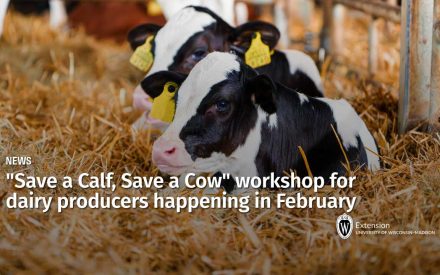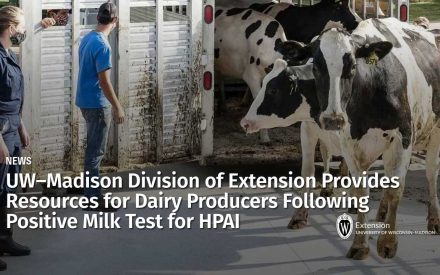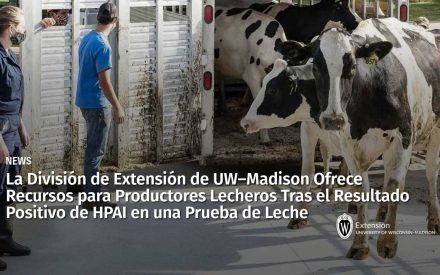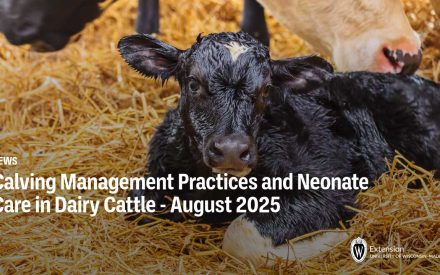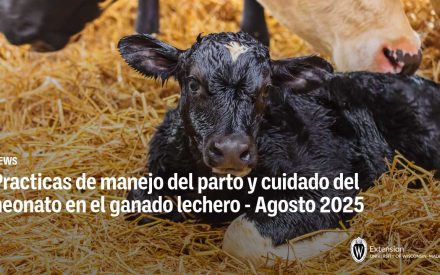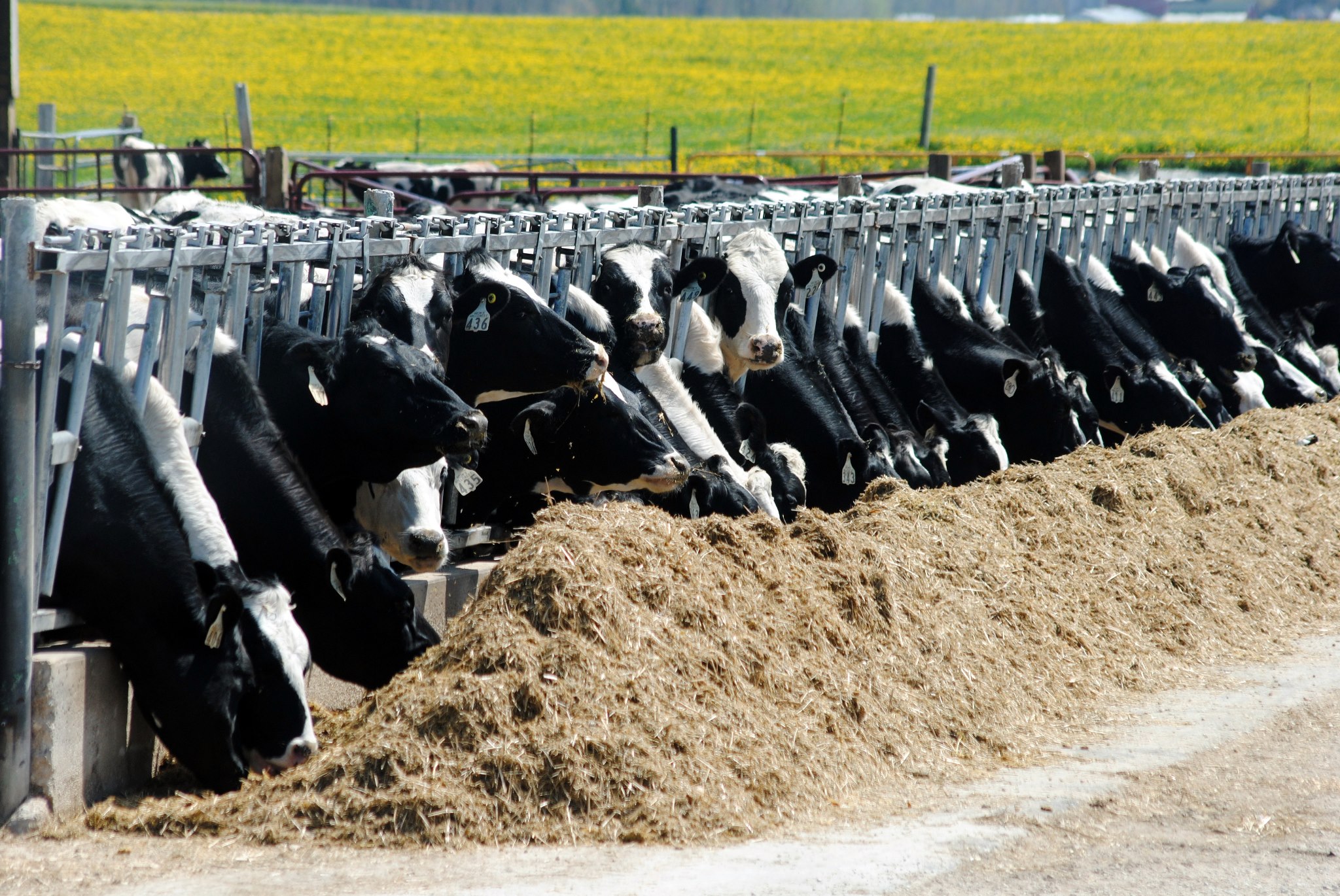
The University of Wisconsin-Madison Division of Extension Dairy Program strengthens the competitiveness of the Wisconsin dairy industry through statewide leadership in education and research.
Dairy News
“Save a Calf, Save a Cow – Dairy Workshop” is happening in February
This workshop provides information and techniques to boost your confidence in preparing the cow for calving, obstetric techniques and newborn calf care.
UW–Madison Division of Extension Provides Resources for Dairy Producers Following Positive Milk Test for HPAI
UW-Madison Extension has developed a centralized information-based webpage for Wisconsin dairy producers and the public.
La División de Extensión de UW–Madison Ofrece Recursos para Productores Lecheros Tras el Resultado Positivo de HPAI en una Prueba de Leche
El objetivo de la División de Extensión de UW–Madison es proporcionar información basada en la ciencia y que sea práctica para ayudar a los productores lecheros de Wisconsin a proteger la salud animal y apoyar a la comunidad agrícola del estado.
Calving Management Practices and Neonate Care in Dairy Cattle – August 2025
The training of the farm personnel has positive impacts on animal welfare and performance, thus increasing the overall farm profitability.
Practicas de manejo del parto y cuidado del neonato en el ganado lechero – Agosto 2025
El entrenamiento del personal de la granja genera impactos positivos en el bienestar y el rendimiento del animal, aumentando así la rentabilidad de la granja.
Learn more about HPAI in Wisconsin

Visit our page focused on HPAI in Wisconsin. Read news, view maps, discover resources focused on HPAI (Highly Pathogenic Avian Influenza) in Wisconsin.
Subscribe to our Dairy Newsletter

Subscribe to the Dairy Program Newsletter and receive the latest Dairy research articles and information about upcoming Dairy events!
Free Educational Dairy Webinars

Join us each month for Badger Dairy Insight, a research-based dairy webinars to improve animal welfare, breeding and genetic selection, automation and modernization, and nutritional decisions.
Latest Dairy Articles
▶️ Watch: Detectando fallas temprano en sistemas de ordeño
Este seminario práctico le ayudará a identificar señales tempranas de fallas en la sala de ordeño, el sistema de lavado y el cuarto de tanques.
How Can Dairy Farmers Use Large Language Models (LLMs)?
What exactly is “generative AI”? And more importantly, how can dairy producers use it in a practical way to help manage their farms, stay up to date on research, and make informed decisions?
Ayudar las vacas y a los terneros a recuperarse después de una Distocia
Esta hoja informativa le ayudará a asistir al ternero y a la vaca en su recuperación tras un parto difícil (distocia). Proporcionar cuidados después del parto tras una distocia marca una gran diferencia para la madre y su ternero.

